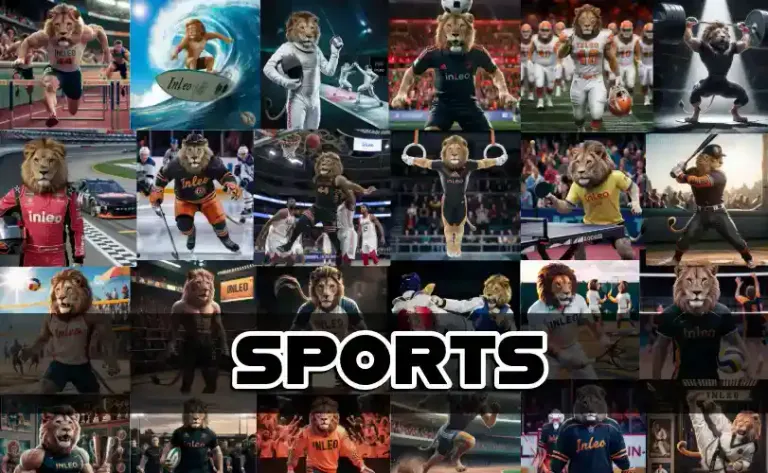Welcome to the daily sports #threadcast! Here we will discuss, follow and share all the news from the sporting world.
We want to make #inleo the premier destination for the #sports community by establishing the Leo platform as the hub for sports updates
Edition #181
January 10

!summarize #athletics #sacramento #mlb
!summarize #pennstate #jamesfranklin #paulfinebaum
!summarize #sports
!summarize #sports
!summarize #sports
!summarize #sports
!summarize #sports
!summarize #sports
!summarize #sports
!summarize #sports
!summarize #sports
!summarize #sports
!summarize #sports
!summarize #sports
!summarize #sports
!summarize #sports
!summarize #sports
!summarize #sports
!summarize #sports
!summarize #sports
!summarize #sports
!summarize #sports
!summarize #sports
!summarize #sports
!summarize #sports
!summarize #sports
!summarize #sports
!summarize #sports
!summarize #sports
!summarize #sports
!summarize #sports
!summarize #sports
!summarize #sports
!summarize #sports
!summarize #sports
!summarize #sports
!summarize #sports
!summarize #sports
!summarize #sports
!summarize #sports
!summarize #sports
!summarize #sports
!summarize #sports
!summarize #sports
!summarize #sports
!summarize #sports
!summarize #sports
!summarize #sports